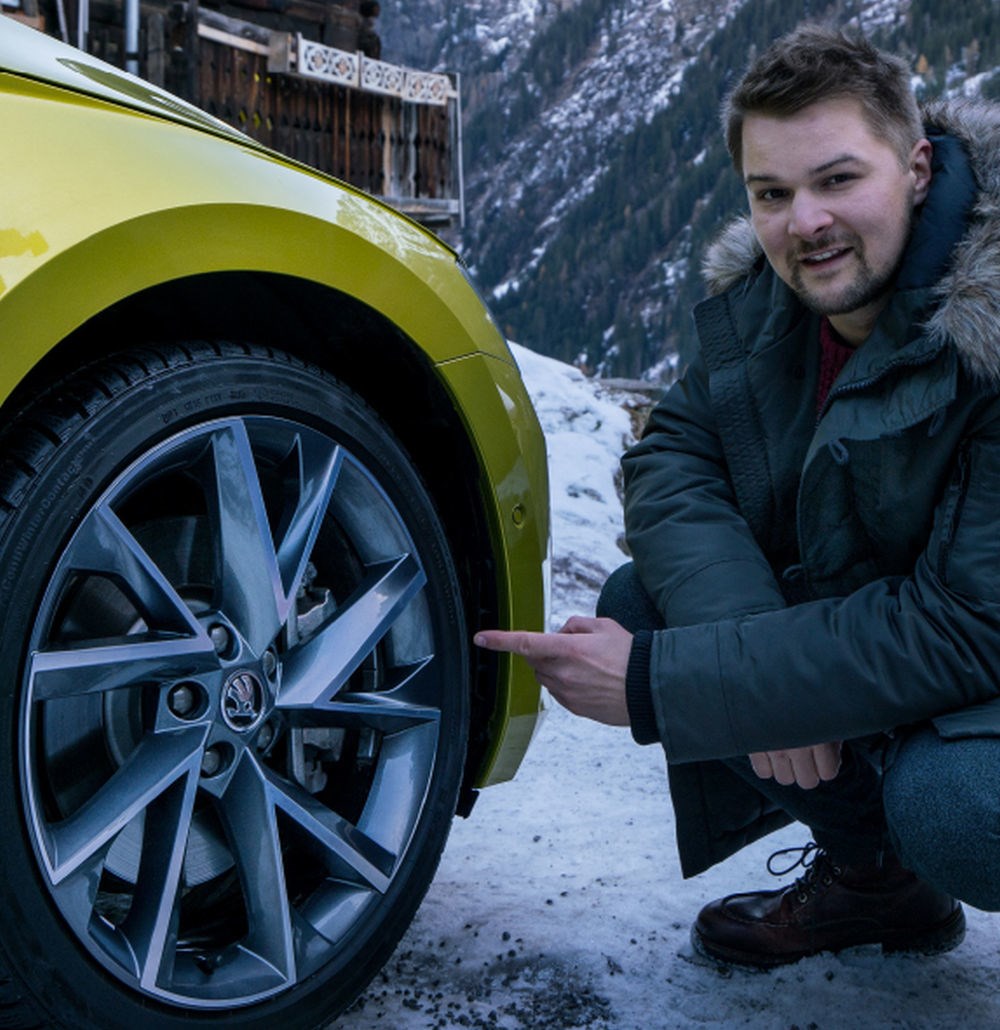![c631d011-e5ac-4848-bba3-367c690a0a90[1]](https://aktuelnomag.site/wp-content/uploads/2025/10/c631d011-e5ac-4848-bba3-367c690a0a901-678x381.jpg)
INCORRECT tire pressure not only increases fuel consumption, but can also lead to dangerous driving situations. Although many drivers neglect regular checks, they are essential for safety. Below, we bring you everything you need to know about proper tire pressure.
Where can I find information about the correct pressure?
The optimal tire pressure for winter, summer, or all-season tires depends primarily on the vehicle, and the exact specifications are prescribed by the manufacturer. You can usually find this information in one of the following places: on a sticker on the inside of the B-pillar on the driver’s side, on the inside of the fuel filler flap, in the glove compartment, or in the vehicle’s owner’s manual.
Alternatively, you can look up values in online tables. It is important to know that the pressure must be adjusted to the load of the vehicle – at full load it must be increased. If you want to save more on fuel, you can slightly increase the pressure by 0.2 to 0.3 bar above the recommended value, but this can reduce driving comfort as the tires become harder. Some manufacturers even specify two values: lower for comfort and higher for more economical driving.
How often should the pressure be checked?
Experts recommend checking your tire pressure every two weeks, but few drivers do. Regular checks are essential for safety, as low pressure can make your vehicle unstable and, in the worst case, can cause a dangerous tire blowout. In newer cars, tire pressure monitoring systems (TPMS) will alert you to a problem, and many even display the exact pressure on a display.
Even with RDKS, it is recommended to check manually from time to time, especially if you notice changes in vehicle behaviour, unusual noises or if one tyre seems more deflated than the others. Even small deviations of just 0.5 bar can increase stopping distances and fuel consumption by around 0.3 litres per 100 kilometres.
The best pressure gauges in the test
If you decide to buy your own meter, tests can help you make a choice. According to one of them, the winner of the test is Flaig with a score of 1.4 (very good). It is followed by AstroAI (1.7 – good) and ATsafepro (2.1 – good). The Mannesmann meter was rated as satisfactory (3.3), Qwork as sufficient (3.6), while the Michelin meter received an insufficient score in the test (5.0).
Consequences of incorrect tire pressure
Driving with too low pressure makes the car “spongy” and unstable, which is especially noticeable when changing lanes. In extreme cases, the ESP system may also be activated, which is a clear sign that you need to check your tires immediately. On the other hand, slightly higher pressure (0.2 to 0.3 bar) is considered safe and can reduce consumption.
However, significantly too high a pressure is dangerous because it reduces the contact area of the tire with the road, resulting in poor grip, especially on wet roads. It also leads to uneven tread wear and shortens the life of the tire.
How to measure blood pressure correctly?
The easiest way to check and top up your tires is at a gas station, where the service is usually free. The key is to check the pressure when the tires are cold, ideally before you start driving or after driving just a few kilometers to the nearest station.
Warm air expands, which can lead to an inaccurate, higher reading. When checking, don’t forget your spare tire, if you have one. Checking is a must before any long trip or when changing tires seasonally.

Leave a Reply